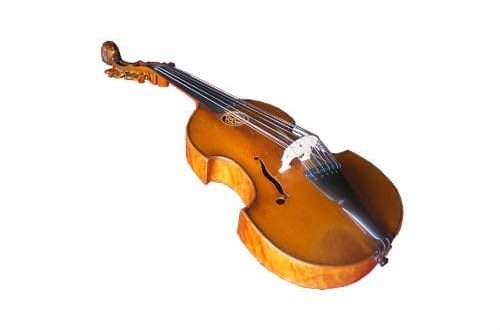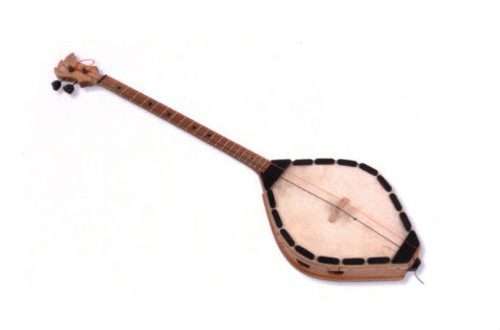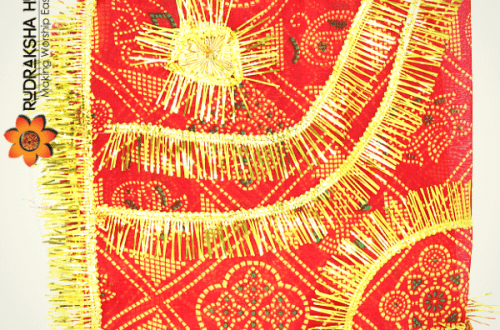
Fidel: design features of the instrument, history, playing technique, use
Fidel is a European medieval musical instrument. Class – string bow. Ancestor of the viola and violin families. The Russian-language name is derived from the German “Fiedel”. “Viela” is the original name in Latin.
The first mention of the instrument dates back to the XNUMXth century. Copies of those times have not been preserved. The design and sound of the ancient versions were similar to the Byzantine lyre and the Arabic rebab. The length was about half a meter.

The fidel got its classic look in the 3th-5th centuries. Outwardly, the instrument began to resemble a violin, but with an enlarged and deepened body. The number of strings is XNUMX-XNUMX. The strings were made from the intestines of cattle. The sound box consisted of two decks connected by ribs. The resonator holes were made in the shape of the letter S.
The body of the early fidels was oval in shape, made of processed thin wood. The neck and soundboard were carved from a single piece of wood. Experiments with the design led to the appearance of a more convenient 8-shaped form, similar to the lyre da braccio. The neck has become a separate attached part.
In the Middle Ages, the fidel was one of the most popular instruments among troubadours and minstrels. Differed in universality. It was used both as an accompaniment and in solo compositions. The peak of popularity came in the XIII-XV centuries.
The playing technique is similar to other bowed ones. The musician rested his body on his shoulder or knee. Sound was produced by holding the bow across the strings.
Some modern musicians use updated versions of the instrument in their performances. It is usually used by groups playing early medieval music. The part of fidel in such compositions is accompanied by rebec and sats.





